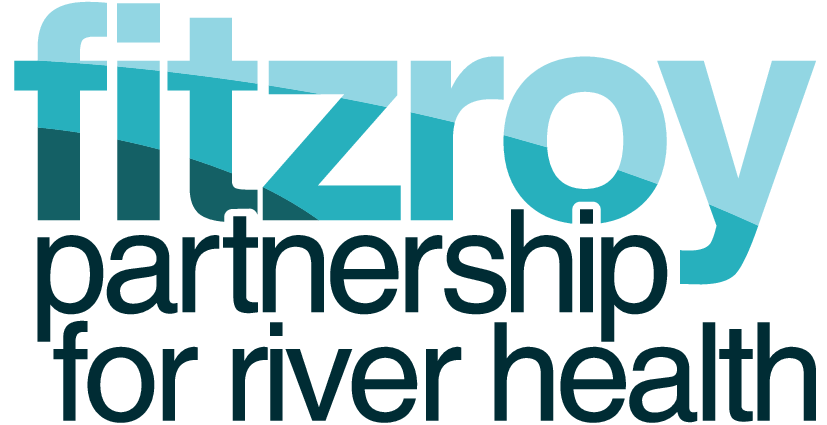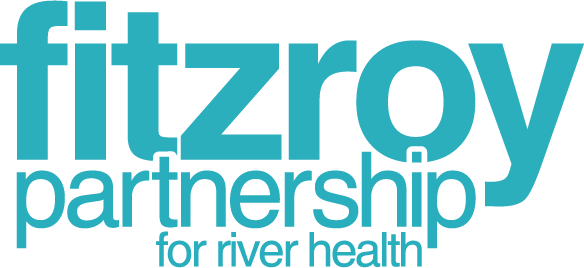[wqip-tabs]
This section describes the recommended delivery mechanisms to be used to achieve the outcomes of WQIP:2015, with appropriate funding and landholder support. While it has been separated into ‘Agricultural’ and ‘Environmental’ delivery sections, wherever possible on-ground projects should seek to achieve multiple outcomes. The identification of sites that are likely to achieve the best agricultural and environmental outcomes can be obtained through evaluating the outcomes of both the agricultural and environmental prioritisation processes undertaken for WQIP:2015.
Agriculture
A mix of delivery mechanisms will be required to achieve water quality improvements, and these include both financial incentives and direct training and extension to support infrastructure and management change. The mix of delivery mechanisms needs to occur in a whole-of- business management environment. For example Grazing Best Management Practice (Grazing BMP) provides an existing and effective program to engage graziers. It is recommended that all landholders who receive public funds for incentive works are required to undertaken the appropriate Best Management Practices program for their industry and develop an action plan identifying the management and infrastructure changes required to shift to improved practices. Given that the production margin from cattle grazing in the Fitzroy Basin will decline further with the likely progression of an El Niño weather event, private funds for infrastructure and improved soil management are limited. Higher levels of co-investment on a sliding scale may be required; this could be a case of funding up to 75 per cent of on-ground works in some instances. The following table shows the potential mix of mechanisms that could be used to achieve more efficient sediment reductions in the Fitzroy Region.
Potential mix of mechanisms to achieve more efficient sediment reductions in the Fitzroy Region.
| Incentives | Extension | Ecosystem service payments | Reverse auctions | Confidence | |
|---|---|---|---|---|---|
| Grazing | Hillslope erosion
Land improvement from D to C |
All projects | Gullies and streambank | – | High risk of project failure, particularly medium to low productivity land types |
| Grains/cropping | Contour banks, gully remediation | All projects | Streambank | Shifting to minimum tillage and controlled traffic methods | High confidence in achieving outcomes |
Environment
Projects in the environment category should focus on the high and very high priority Neighbourhood Catchments in order to achieve maximum return on investment and increase the benefit to the Reef through the improvement of ecosystem services, remediation of barriers to fish passage, and restoration and improvement of high value wetlands. The ultimate project direction will depend on funding criteria and associated outcomes set by funding bodies. All projects should be evaluated prior to the start of works to determine their value for money and likelihood of achieving the specified outcomes. External technical advice should be sought on the implementation of projects as necessary.



